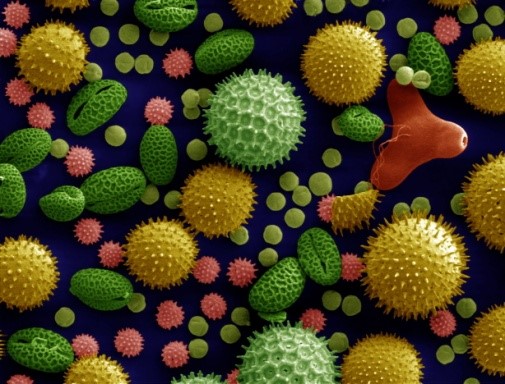Description

Disclaimer: Copyright infringement not intended.
Context
- Chandigarh now has its first pollen calendar, which can identify potential allergy triggers and provide a clear understanding for clinicians as well as allergy sufferers about their causes to help limit their exposure during high pollen loads.
What is a Pollen Calendar?
- A pollen calendar is used to show the peak pollen times for different types of plant pollen, which causes allergic reactions in certain people.
- A pollen calendar can be a very useful tool in forensic science, because it can be used to place the month, or week, or date of death.
- The use of pollen for criminal investigation purposes is called "forensic palynology"
Need of developing a Pollen Calendar
- About 20-30% of the population suffers from allergic rhinitis/hay fever in India, and approximately 15% develop asthma.
- Pollens are considered major outdoor airborne allergens responsible for allergic rhinitis, asthma, and atopic dermatitis in humans.
- Pollen calendars represent the time dynamics of airborne pollen taxa in graphical form in a particular geographical area.
- They yield readily accessible visual details about various airborne pollen taxa present throughout the year, with their seasonality in a single picture.
- Pollen calendars are location-specific, with concentrations closely related to locally distributed flora.
Chandigarh’s Pollen Calendar
- The group explored the main pollen seasons, their intensities, variations, and aerobiologically significant pollen types in Chandigarh.
- The study brought out the first pollen calendar for Chandigarh, provided up-to-date information, and highlighted the variability of crucial pollen types in different seasons.
- The prominent airborne pollen dominating seasons were spring and autumn, with maximum species surfacing when the phenological and meteorological parameters are considered favourable for pollen grains' growth, dispersion, and transmission.
Significance
- The significance lies in bringing airborne pollen seasonal information to the susceptible population, healthcare professionals, policymakers, and scientists to be familiar with the current changes in the environment, which can further help develop mitigation strategies.
https://pib.gov.in/PressReleasePage.aspx?PRID=1752542















